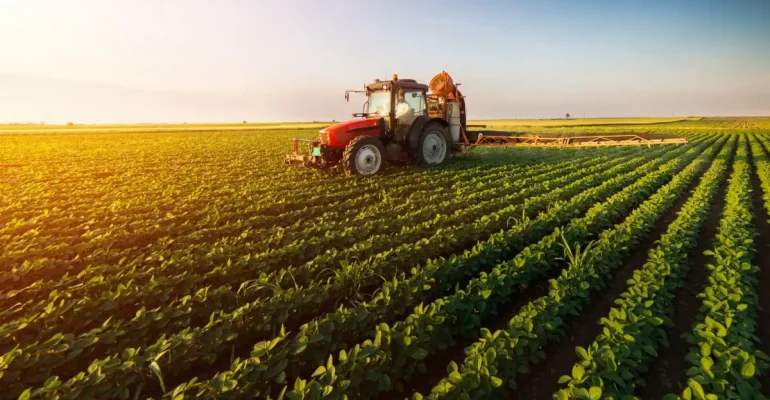The Gold Standard Application in Agriculture: Cultivating a Sustainable Future
October 4, 2023 2023-10-04 16:03The Gold Standard Application in Agriculture: Cultivating a Sustainable Future
In the ever-evolving world of agriculture, the quest for sustainable and environmentally responsible practices has become paramount. The Gold Standard Application in Agriculture represents a beacon of hope for a sector that must grapple with the challenges of feeding a growing global population while minimizing its ecological footprint. In this article, we will delve into the fascinating realm of Gold Standard practices in agriculture and highlight how they are shaping the future of farming.
The Gold Standard in Agriculture: What Is It?
The Gold Standard is a globally recognized certification system for greenhouse gas emission reductions and sustainable development projects. While it has been widely utilized in sectors like renewable energy and forestry, its application in agriculture is gaining momentum. At its core, the Gold Standard in Agriculture seeks to promote practices that reduce carbon emissions, enhance carbon sequestration, and improve the livelihoods of farming communities.
The Key Principles of Gold Standard Agriculture
- Climate-Smart Farming: One of the central pillars of Gold Standard Agriculture is climate-smart farming practices. These include precision agriculture, crop rotation, and sustainable soil management, all aimed at reducing greenhouse gas emissions and enhancing the resilience of farming systems to climate change.
- Biodiversity Conservation: Encouraging the preservation and restoration of biodiversity is another critical aspect. By incorporating natural habitats and promoting agroforestry, Gold Standard practices help maintain a balance between agricultural productivity and ecosystem health.
- Community Empowerment: The Gold Standard places a strong emphasis on the well-being of farming communities. Projects aim to improve living conditions, access to education, and income opportunities for farmers, ensuring that the benefits of sustainable agriculture are shared equitably.
- Transparent Monitoring and Reporting: A hallmark of the Gold Standard is rigorous monitoring and reporting of emissions reductions and sustainable development outcomes. This transparency ensures accountability and builds trust among stakeholders.
Promoting the Gold Standard Application in Agriculture
To gain a deeper understanding of the Gold Standard Application in Agriculture, we highly recommend watching the informative video available at the following link: [Insert the link: https://youtu.be/kplRenlinKM]. This video provides real-world examples and insights into how the Gold Standard is transforming agriculture practices worldwide.
By supporting initiatives that adhere to the Gold Standard, we can collectively contribute to a more sustainable and resilient agricultural sector. It’s a testament to the innovative and forward-thinking approaches that are not only enhancing food production but also safeguarding our planet for future generations.
Conclusion
The Gold Standard Application in Agriculture represents a beacon of hope in the pursuit of sustainable farming practices. With its focus on climate-smart farming, biodiversity conservation, community empowerment, and transparent monitoring, it offers a holistic approach to addressing the challenges faced by the agricultural sector. As we look to the future, embracing the Gold Standard in Agriculture is a crucial step towards cultivating a sustainable and prosperous world for all.























